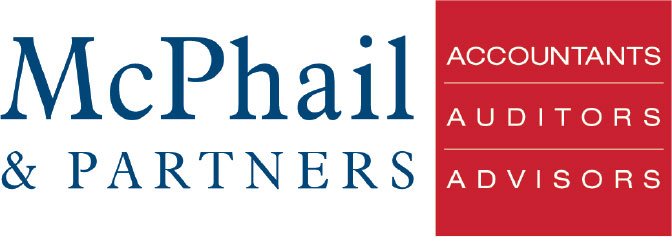
The scale of the ATO’s property data-matching program announced on 15 December 2015 is breathtaking!
Under the data-matching program the ATO intends to obtain data from various State Revenue offices and tenancies boards for the period 20 September 1985 to 30 June 2017 (ie from the start of the regime until 2 years from now!!). It will include such information as the rental bond number or identifier, the full name and address of the landlord and the period of lease, as well as the date of any contract of property sale and relevant valuation details. Further, the ATO expects that around 31 million records for each year will be obtained and that records relating to 11.3 million individuals will be matched.
And for those taxpayers who have failed to return capital gains from property transactions, the consequences could be quite dramatic – even for those who may have unwittingly failed to do so in view of the apparent complexity of the relevant CGT rules. However, the more interesting issue is the fact that where a taxpayer makes a choice to apply any one of the myriad of CGT concessions which enable them to negate in whole or part a CGT liability on a property, and particularly a main residence, this choice is merely reflected in the way the taxpayer lodges their return for the relevant year.
This in turn may mean that if the ATO comes knocking in respect of any undeclared property gain, a taxpayer may well be able to raise the “defence” that one of these concessions was in fact chosen to justify the non-return of the gain regardless of the taxpayer’s real intention at the time. Alternatively, it may be possible for a taxpayer to seek an amendment of a return to apply or “undo” any such choice to their benefit.
Source- Thomson Reuter’s Weekly Tax Bulletin
